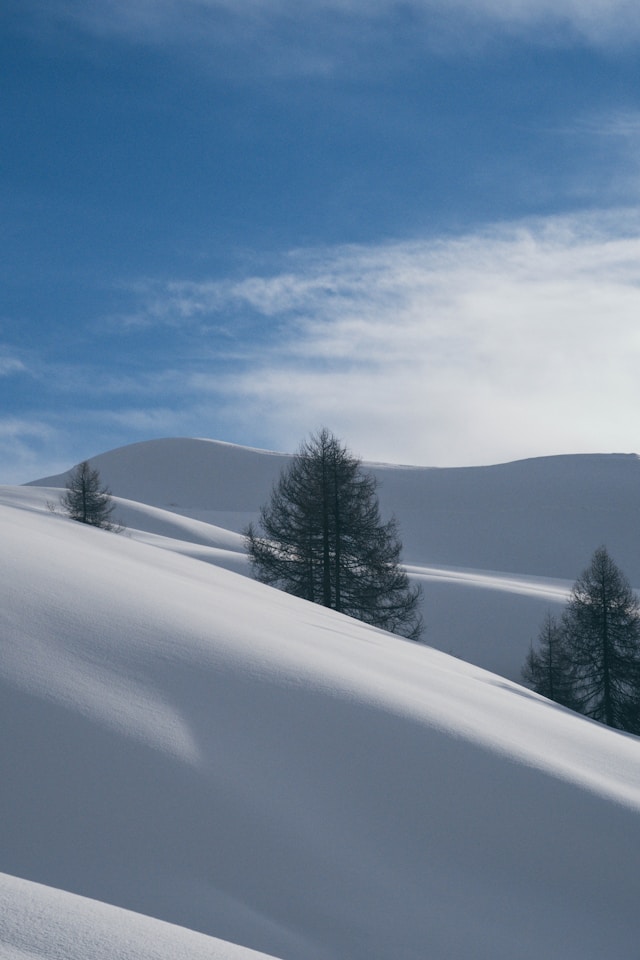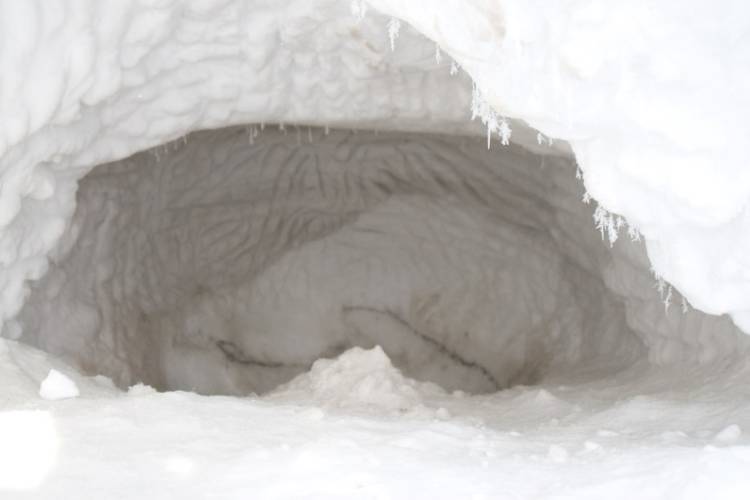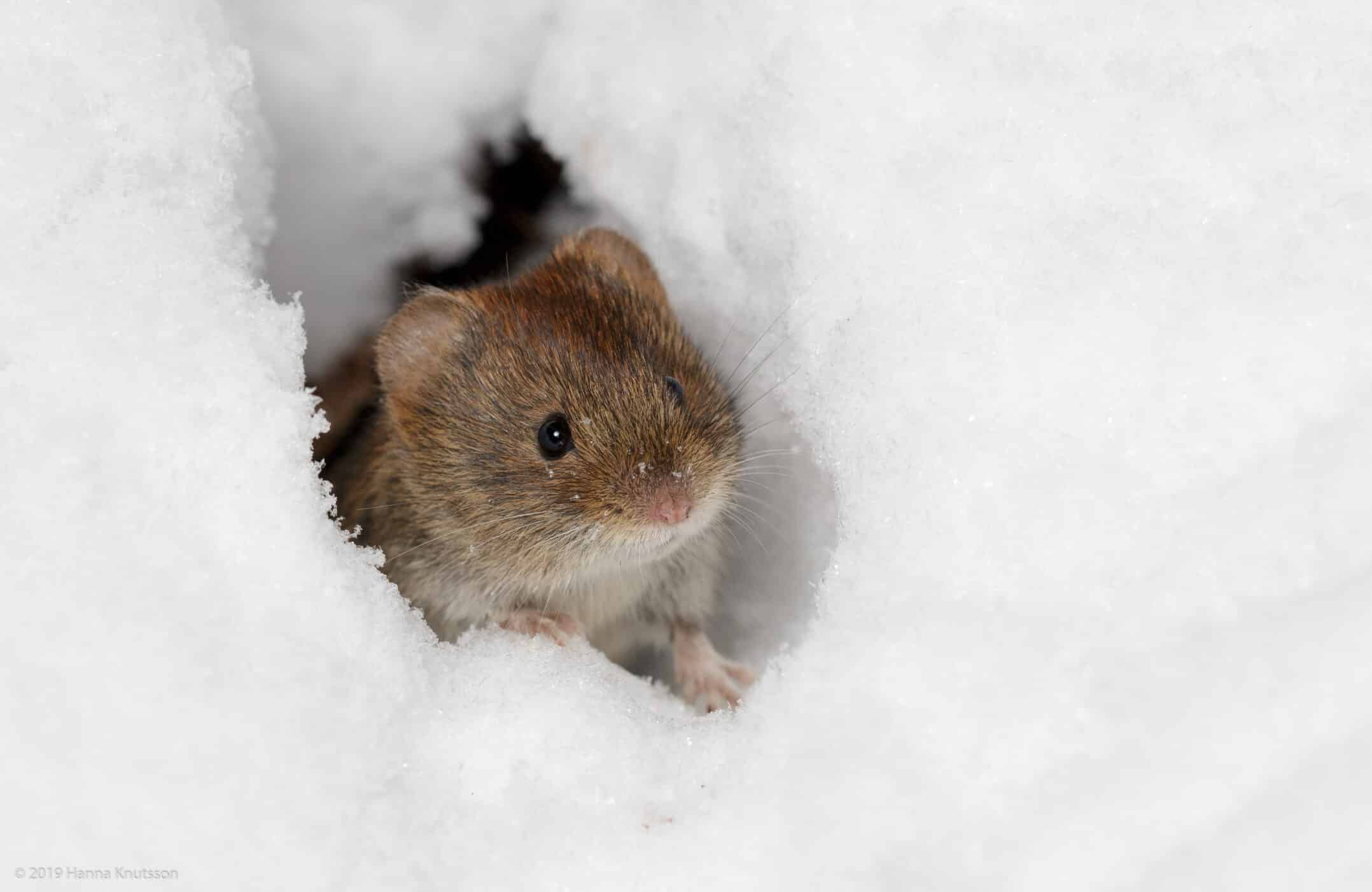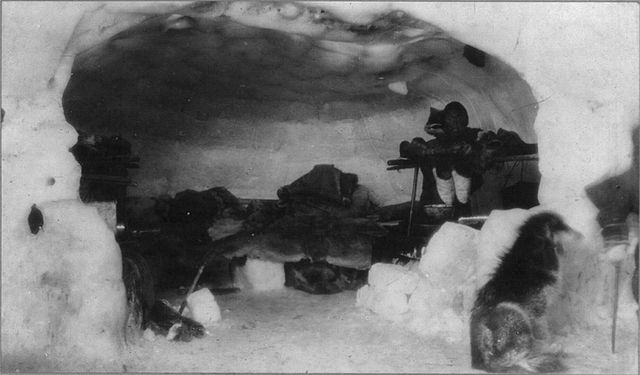When you think of snow, you might imagine a cold, white layer that covers everything in its path. But despite its chilly appearance, snow acts as a protective blanket that insulates and preserves life beneath its surface. From safeguarding plants and animals to maintaining soil health, the science behind snow’s insulating properties is fascinating. Let’s explore how this natural wonder functions as Earth’s thermal cover.
Snow as an Insulator
Snow’s ability to act as insulation stems from its unique structure. Unlike ice, which is solid and dense, snow is made up of tiny, intricate crystals with lots of air pockets in between. These air pockets trap heat, preventing warmth from escaping. The deeper the snow, the thicker the insulating layer.
 Source: Fabrizio Conti on Unsplash
Source: Fabrizio Conti on Unsplash
When snow accumulates on the ground, it creates a barrier that limits the amount of heat loss to the atmosphere. Essentially, it acts like a fluffy quilt, keeping the earth’s warmth from escaping. This insulating effect resembles how a thermal blanket keeps you warm on a cold night.
The Role of Snow in Protecting the Environment Against Climate Change
Snow does more than insulate the ground; it also plays a vital part in regulating the Earth’s climate. By reflecting sunlight, snow cover helps to cool the planet, reducing the overall impact of global warming.
Shielding Plants
Snow plays a critical role in protecting plants during the cold winter months. When air temperatures drop, plant roots become vulnerable to freezing. Snow covers the ground and prevents the soil from getting too cold, thus protecting plant roots. Additionally, plants that are dormant during the winter rely on the insulation that snow provides to survive until spring.
Helping Animals Hibernate
Many animals hibernate during winter, and snow offers a crucial insulative layer. For example, small mammals, such as mice and voles, create tunnels under the snow. The snow above them keeps the cold air out, creating a relatively warm and stable environment. Even larger animals, like bears, benefit from snow’s insulating properties as they burrow in dens that stay warm beneath the snow.
 Source: BJ Kirschhoffer / Polar Bears International
Source: BJ Kirschhoffer / Polar Bears International
Snow cover helps regulate soil moisture levels. During winter, snow acts as a barrier, preventing the ground from drying out. This is especially important for areas that don’t receive much precipitation during colder months. Furthermore, when the snow melts, it slowly releases water into the soil, providing a steady source of hydration for plants.
How Snow Cover Protects Against Extreme Cold
The insulating properties of snow are not just beneficial to living organisms; they also have a larger environmental impact. In extreme cold conditions, snow can limit how much the ground freezes. When the snow cover is deep, the ground beneath it stays significantly warmer than the air above it. This phenomenon keeps the ground frozen, stops soil from washing away, and can even prevent the ground from shifting when it freezes and thaws.
Snow as a Habitat
For some creatures, snow is more than just an insulator - it’s a home. Subnivean environments (the space between the ground and the snow) are crucial for the survival of many small animals. Mice, voles, and insects make their homes in these spaces, relying on the snow to shield them from predators and extreme cold. These small creatures benefit from the snow’s insulating properties, as temperatures above the snow surface can be significantly lower than beneath.

Larger animals, like polar bears, also use snow to their advantage. Pregnant female polar bears dig dens in snowdrifts, where they give birth and care for their cubs. The snow provides warmth, blocking out the frigid arctic winds, and offers a quiet, safe place for the young during the growing season.
Snow and Human Use
Humans have also recognized snow’s insulating properties throughout history. Indigenous communities in Arctic regions have traditionally built igloos entirely out of packed snow. Despite the cold temperatures outside, the interior of an igloo can stay above freezing, simply due to the insulating power of the snow walls. This shows how snow’s unique properties can create warmth, even in the harshest conditions.
 Source: Wikipedia, Public Domain
Source: Wikipedia, Public Domain
The Implications of Changing Snow Patterns
Climate change altering weather patterns also means changes in snow cover. Areas that once relied on heavy snowfalls to insulate and protect plant life may now face harsher conditions. This has a ripple effect on agriculture, wildlife, and water systems. Without snow, soils can become drier, plant roots may freeze, and animals lose their protective cover. It underscores the importance of understanding and preserving these natural processes that are often taken for granted.
Conclusion
Snow is much more than a winter wonderland. It’s a vital part of Earth’s ecosystem that serves as a thermal shield for plants, animals, and the soil. Its ability to trap heat and maintain warmth is a remarkable feature that demonstrates nature’s ingenuity. The next time you see a snow-covered landscape, remember that it’s not just beautiful; it’s also a life-preserving blanket, quietly protecting the world beneath it.






